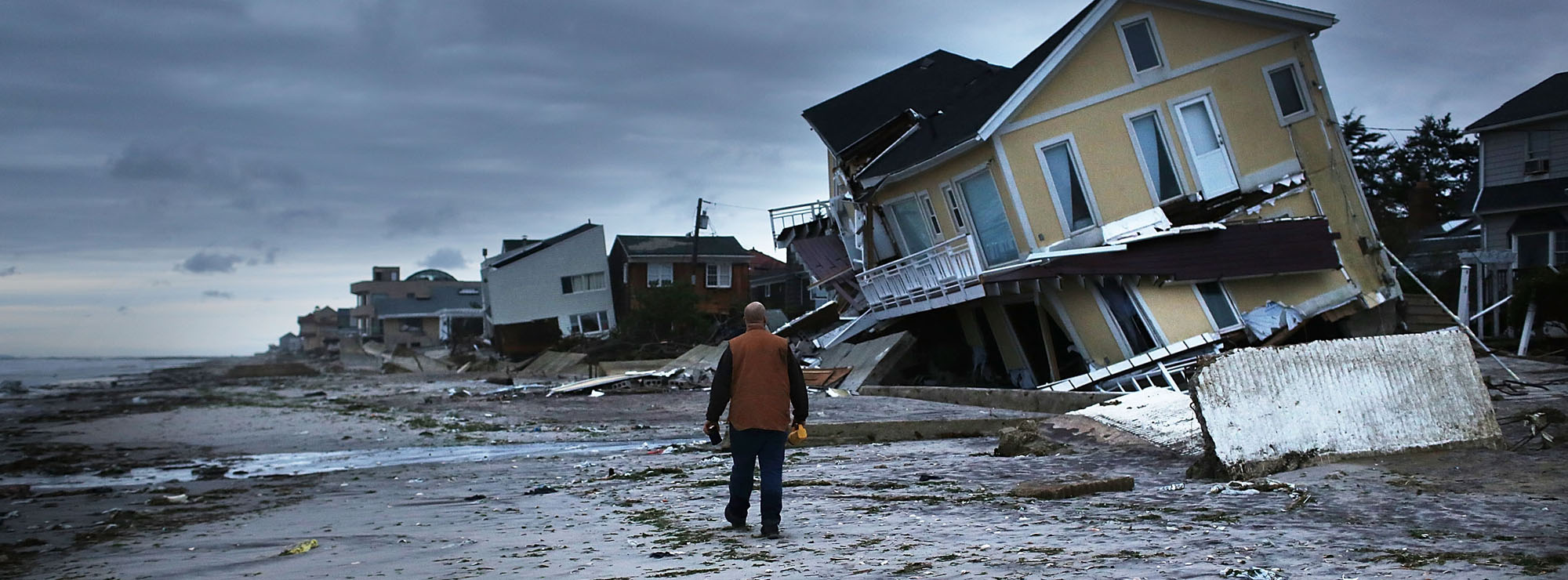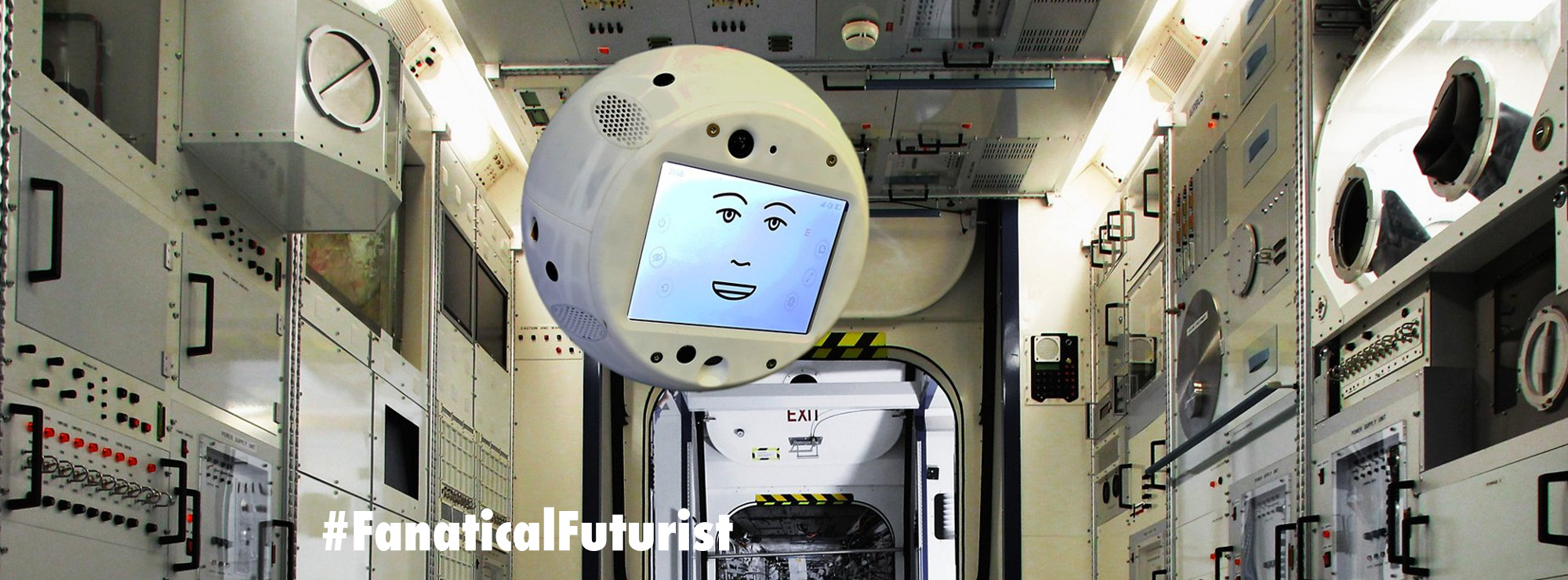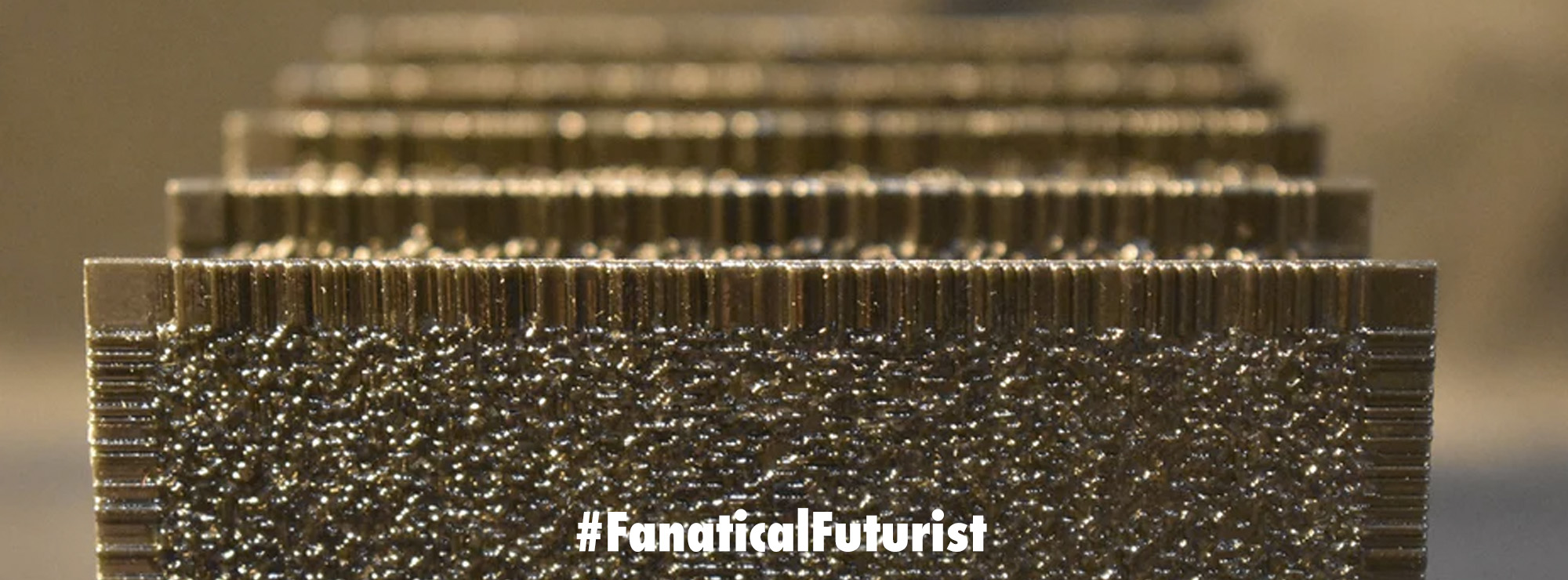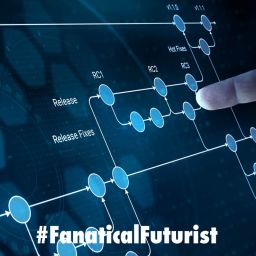
WHY THIS MATTERS IN BRIEF
Digital twins of buildings, cities, and even the Earth let people analyse problems and find solutions faster.
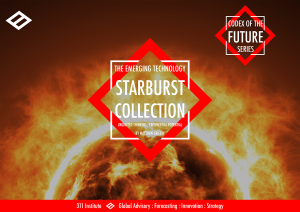 Love the Exponential Future? Join our XPotential Community, future proof yourself with courses from XPotential University, connect, watch a keynote, or browse my blog.
Love the Exponential Future? Join our XPotential Community, future proof yourself with courses from XPotential University, connect, watch a keynote, or browse my blog.
Digital twins, which are basically just intricate and detailed digital clones of physical things, are making waves everywhere it seems – whether it’s GE creating digital twins of its wind turbines so it can analyse, fix, and optimise them faster (by talking to them …), BMW using digital twins to design better car factories, scientists creating digital twins of the Earth to solve climate change, or doctors using digital twins of humans so they don’t kill real patients.
And now, elsewhere, new digital twin tool that simulates the energy profile of every building in America will soon be giving homeowners, utilities, and others a quick way to determine a buildings energy use and help them implement cost effective retrofits that, ultimately, will help the US reduce its energy and carbon emissions.
Researchers at the Department of Energy’s Oak Ridge National Laboratory have developed a modelling program that provides energy details for every one of the 129 million buildings across the US using publicly available data, and it’s a great example of using data for public good.
Supported by DOE’s Office of Electricity and Office Energy Efficiency and Renewable Energy, the modelling software suite, known as Automatic Building Energy Modelling, or AutoBEM, was developed to achieve ORNL’s five-year Model America vision: to generate digital twins for all buildings across the country. ORNL’s research team, led by Joshua New, made the models publicly available earlier this year.
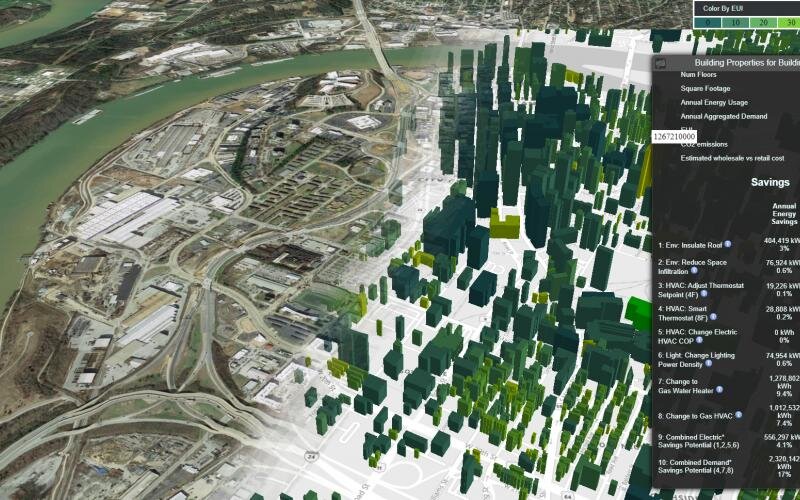
Digital twins helping identify high energy buildings. Courtesy: ORNL
“A challenge of this scale is exactly what DOE’s national laboratories were created for, and the tool we’ve developed could be guiding energy-efficient building efforts in this country for decades to come,” said Xin Sun, ORNL associate laboratory director for energy science and technology.
When the project began in 2015 there was no single resource to accurately visualise and quantify energy details for each US building that could be used to help the construction sector contribute to the nation’s goal of spurring an equitable clean energy economy and cement America on a path to net-zero carbon emissions by 2050. This goal is critical because buildings account for 40% of America’s energy consumption and 75% of its electricity.
“There are a lot of different industries that just don’t have the information they need to make actionable business decisions on how to improve energy efficiency,” New said. “AutoBEM is a free resource that’s meant to grease the skids toward deployment.”
Urban planners and energy justice advocates can use AutoBEM to look at entire blocks and neighborhoods and identify areas that have been historically overlooked in building improvement efforts and the new tool would help them easily identify communities that could most benefit from energy efficient building upgrades.
“Utilities spend billions of dollars a year on energy efficiency and demand-response programs in the US,” he said. “This spending is based on a signature analysis of electrical profiles. Before this program, no one had the capability to perform that analysis with detailed, building-specific energy modelling at this scale. Individual utilities now have the capability to perform modelling to show the potential of reducing demand and greenhouse gas emissions.”
AutoBEM accesses satellite imagery, street views and other publicly available data that provide insight into a building’s size and energy makeup, such as the number of windows, building envelope materials, number of floors; heating, ventilation and cooling systems, and roof type. The program gathers those inputs using high-performance computing and creates a building energy model to predict which technologies could be deployed to save energy, including solar panels, heat pumps, smart thermostats or energy-efficient water heaters.
“To build AutoBEM, we looked at many of the available data sources and created partnerships with the people that are in the business of generating this data, like satellite, aerial and street view imagery, LiDAR data and other types of databases,” New said. “We had to use or extend algorithms to turn the data into descriptions, creating a 3D footprint of the building with height, the number of windows, the type of building, etc.”
Although AutoBEM can estimate the building’s makeup and energy performance it doesn’t see details inside of the building.
“All internal characteristics of the building are based on prototype buildings and standard building codes,” New said. “For example, a supermarket has a certain number of linear feet of deep freezers, a certain number of display cases, similar refrigeration systems. Our model of the supermarket would be based on that standard prototype.”
Source: Oak Ridge National Laboratory






